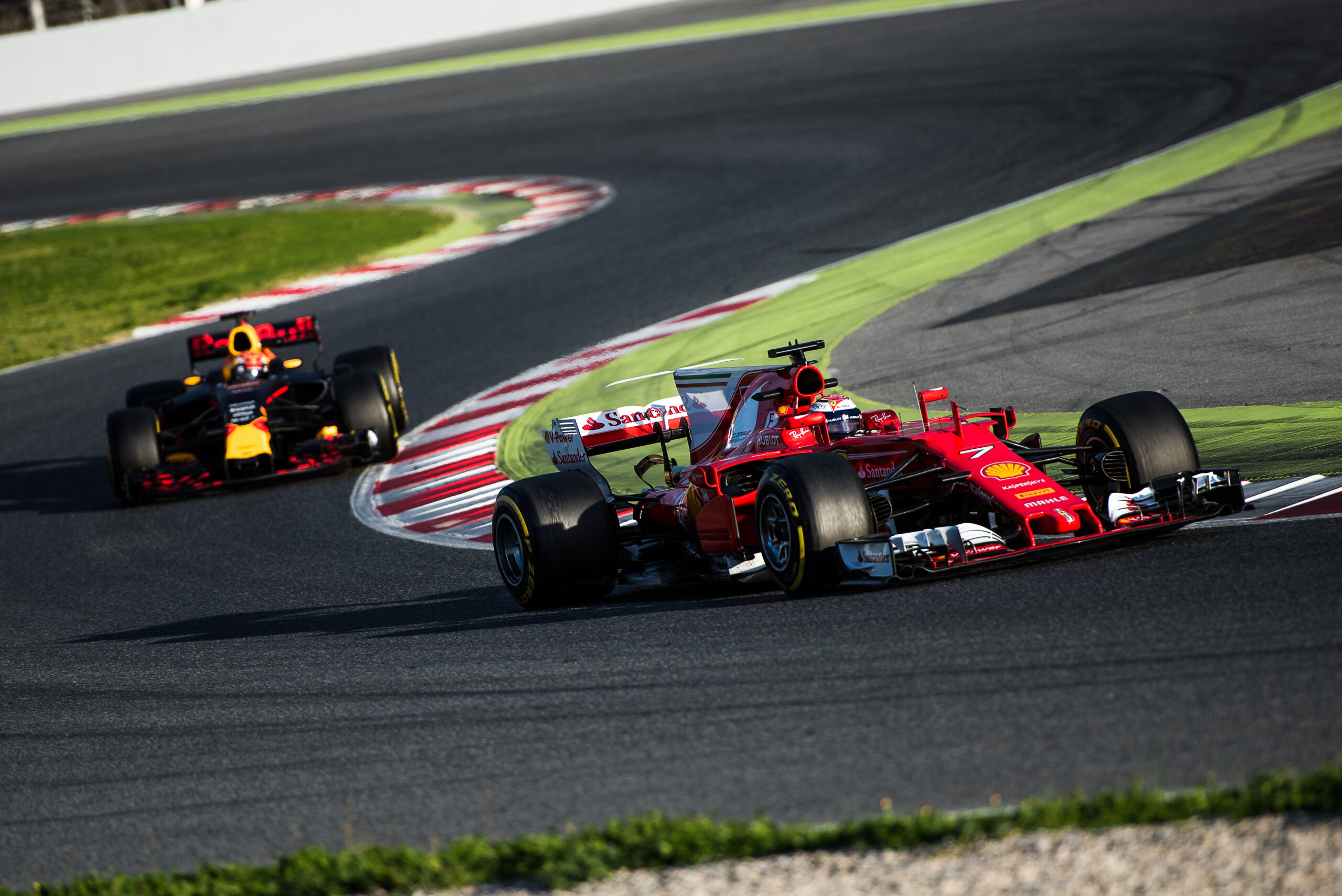All about the history of turbo in Formula 1
Every good motorist knows that in this fierce competition, the use of turbo in their engines is one of the most important keys to being competitive and achieving glory. In today’s blog we tell you all about the history of the turbo in Formula 1. Are you ready?
The beginning
The beginnings of turbocharging began a few years before the official presentation of Formula 1 and it is that by the 1950s this technology was already used in competition engines. This technology marked a golden age in Formula 1 until in 1989, by decision of the International Automobile Federation, it was banned, alleging dangerousness for the pilots, excessive fuel consumption and polluting gases.
The return of the turbo to F1
The federation contemplated the modification of the regulations in 2010 for one main reason, the need to increase the show, taking advantage of this occasion to launch a message of environmental responsibility. It was finally implemented in 2014 for the competition.
To give force to the message of protection on the environment, the FIA modified the regulations allowing six-cylinder engines limited to 15,000 revolutions per minute and a maximum capacity of 1,600 cubic centimeters, thus forcing each team to seek the highest possible efficiency. In addition, a maximum was agreed for the available units, which currently has a limit of 5 engines per season.
Some estimates suggest that in the current season, Mercedes and Ferrari will reach the chilling figure of 900 horsepower, getting closer and closer to the long-awaited figure of 1,000 horsepower.
Some turboprop champions were:
|
Champion |
Year | Car |
|
Nelson Piquet |
1983 |
Brabham-BMW |
|
Niki Lauda |
1984 | McLaren-TAG Porsche |
| Alain Prost | 1985 |
McLaren-TAG Porsche |
|
Alain Prost |
1986 |
McLaren-TAG Porsche |
| Nelson Piquet | 1987 |
Williams-Honda |
| Ayrton Senna | 1988 |
McLaren-Honda |
| Lewis Hamilton | 2014 |
Mercedes |
| Lewis Hamilton | 2015 |
Mercedes |













